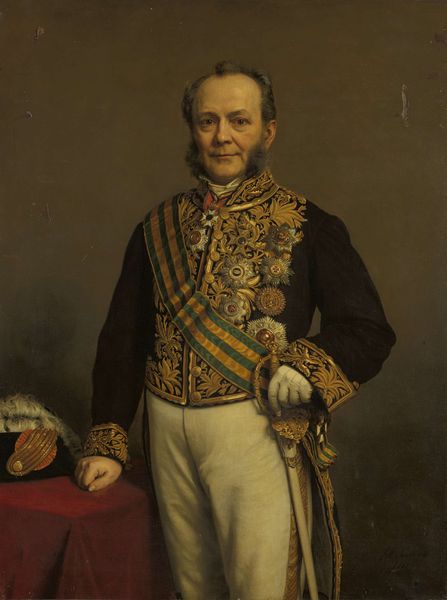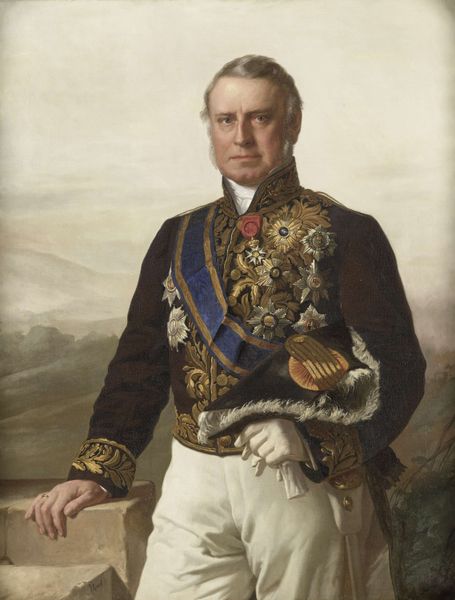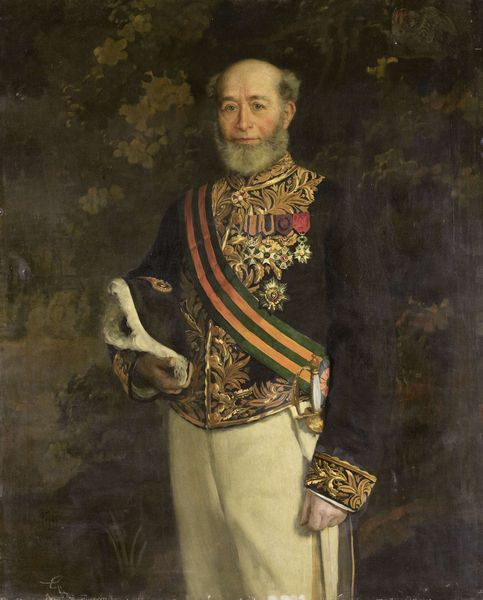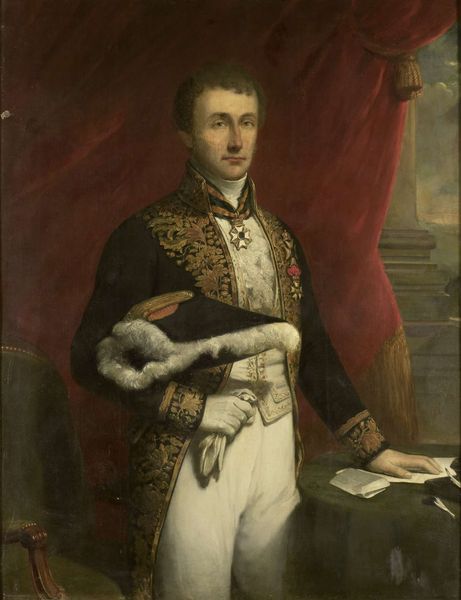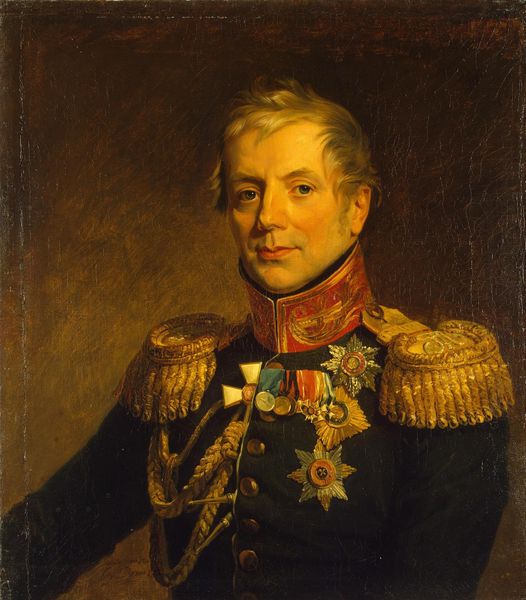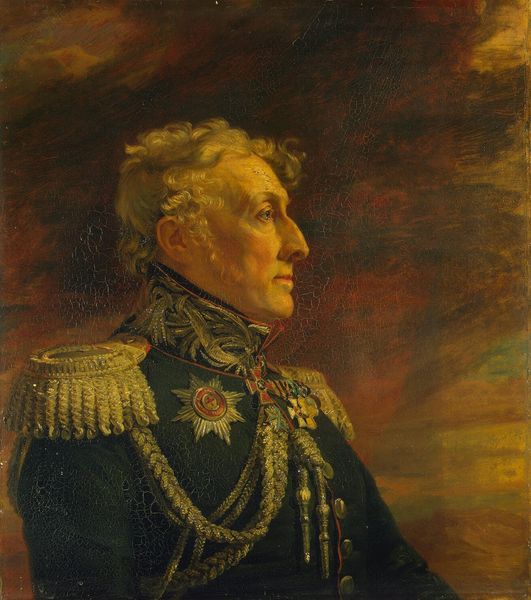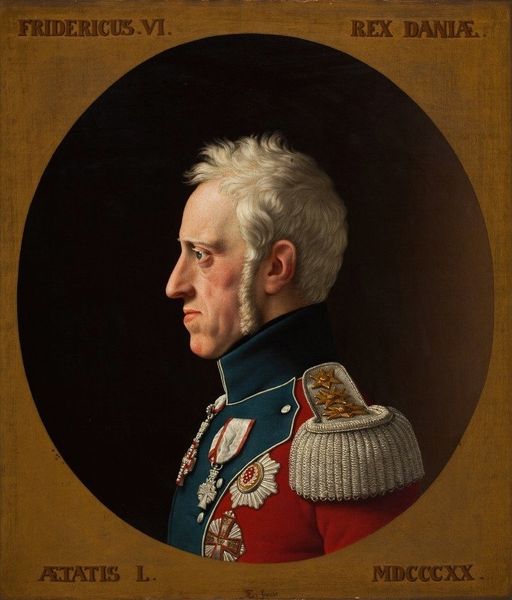
Johan Wilhelm van Lansberge (1830-1906). Gouverneur-generaal (1875-1880) 1887
0:00
0:00
andriesvandenberg
Rijksmuseum
oil-paint
#
portrait
#
oil-paint
#
oil painting
#
genre-painting
#
academic-art
#
portrait art
#
realism
Dimensions: height 123.5 cm, width 98 cm
Copyright: Rijks Museum: Open Domain
Curator: This is Andries van den Berg’s 1887 oil painting of Johan Wilhelm van Lansberge, displayed here at the Rijksmuseum. Lansberge served as Governor-General of the Dutch East Indies between 1875 and 1880. Editor: He certainly makes an impression, doesn’t he? The severity in his expression, juxtaposed with all the decorative gilding in his garment. It feels almost theatrical, doesn’t it? Curator: That visual tension is very much a product of its time. Think about the function of such a portrait. It served to legitimize colonial power, portraying its representatives as both refined and authoritative. Van den Berg was a celebrated portraitist who tapped into these institutional needs, cementing the image of Dutch colonial governance through these very depictions. Editor: Absolutely. The way his hand firmly grips that hat – a “chapeau bras”, isn’t it? – emphasizes control, despite its ornamental character. He appears every bit the paternalistic ruler. How much do you think the cultural and economic dynamics of the time shaped artistic patronage? Curator: Enormously. Van den Berg’s clientele comprised the wealthy and influential – colonial administrators, merchants, and the like. They commissioned portraits not just for vanity, but to project their authority and social standing, visually reinforcing existing power structures within Dutch society and its colonial possessions. It raises pertinent questions of representation, of who gets to be seen and how. Editor: Precisely. The fact that this work now resides in the Rijksmuseum underscores the continuing presence of colonial history in the Netherlands. Acknowledging that legacy and promoting a more critical perspective in how we present these images seems key. Curator: Agreed. It's essential we critically assess the power dynamics at play within images such as these to generate discussions about historical truths and social inequalities. Editor: Understanding those tensions opens new possibilities for exploring challenging, often hidden histories. Thanks for highlighting this fascinating work, which certainly encourages further reflection.
Comments
No comments
Be the first to comment and join the conversation on the ultimate creative platform.
